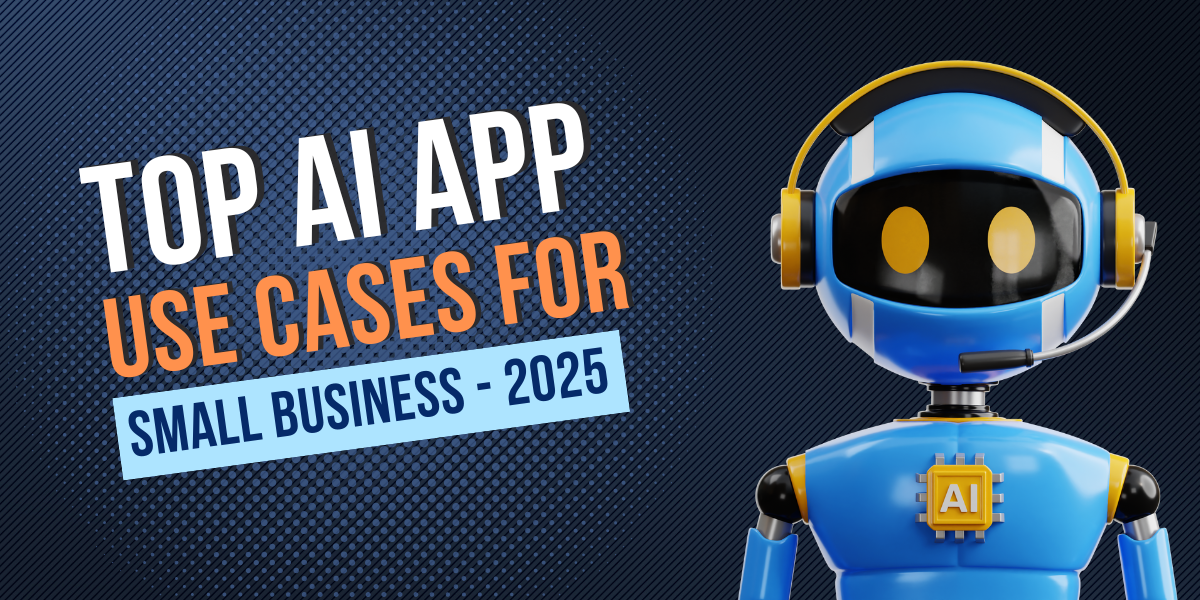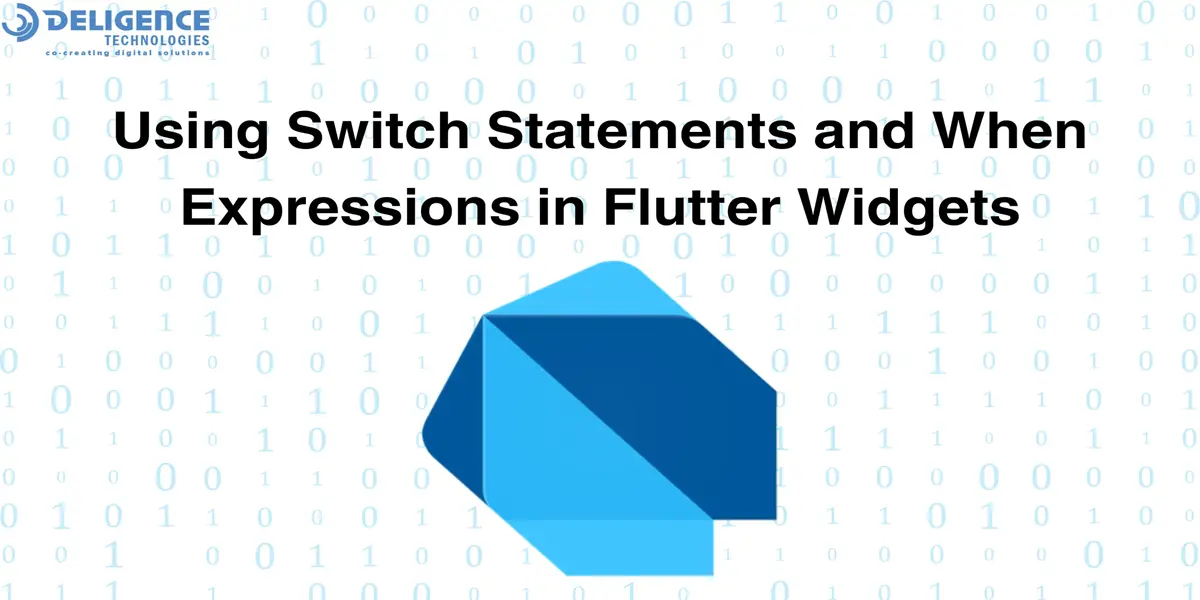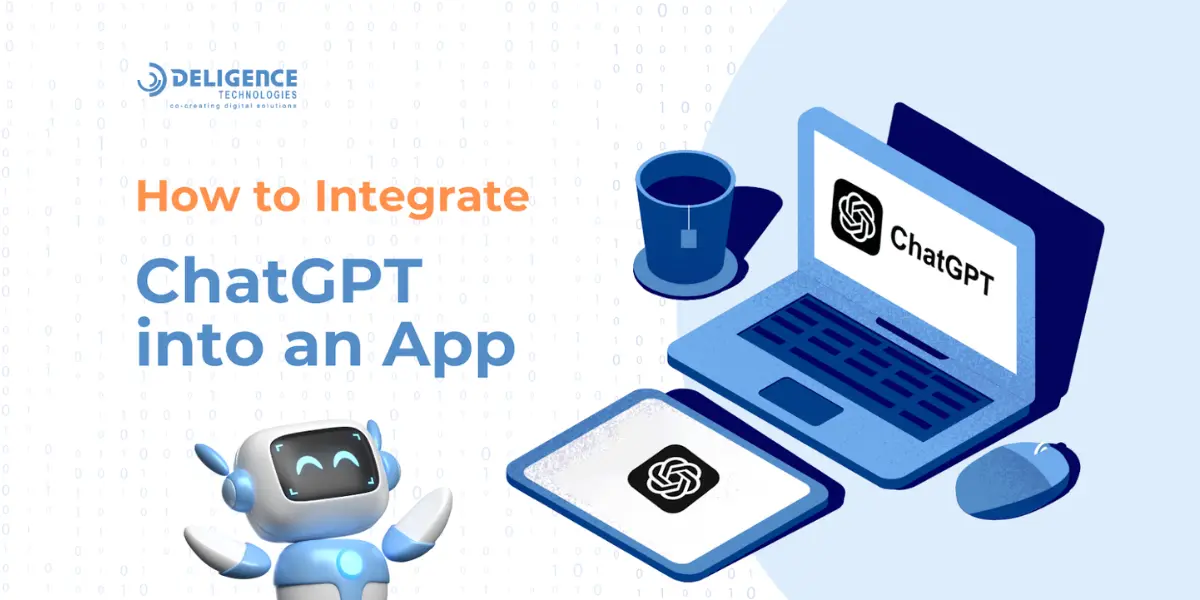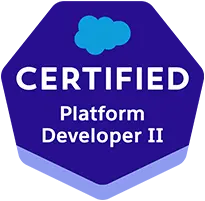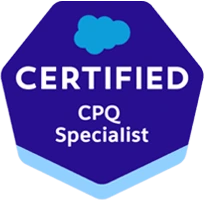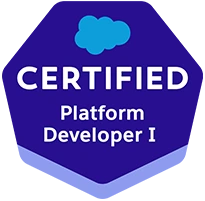How to Optimize your Website for ChatGPT Search in 2025
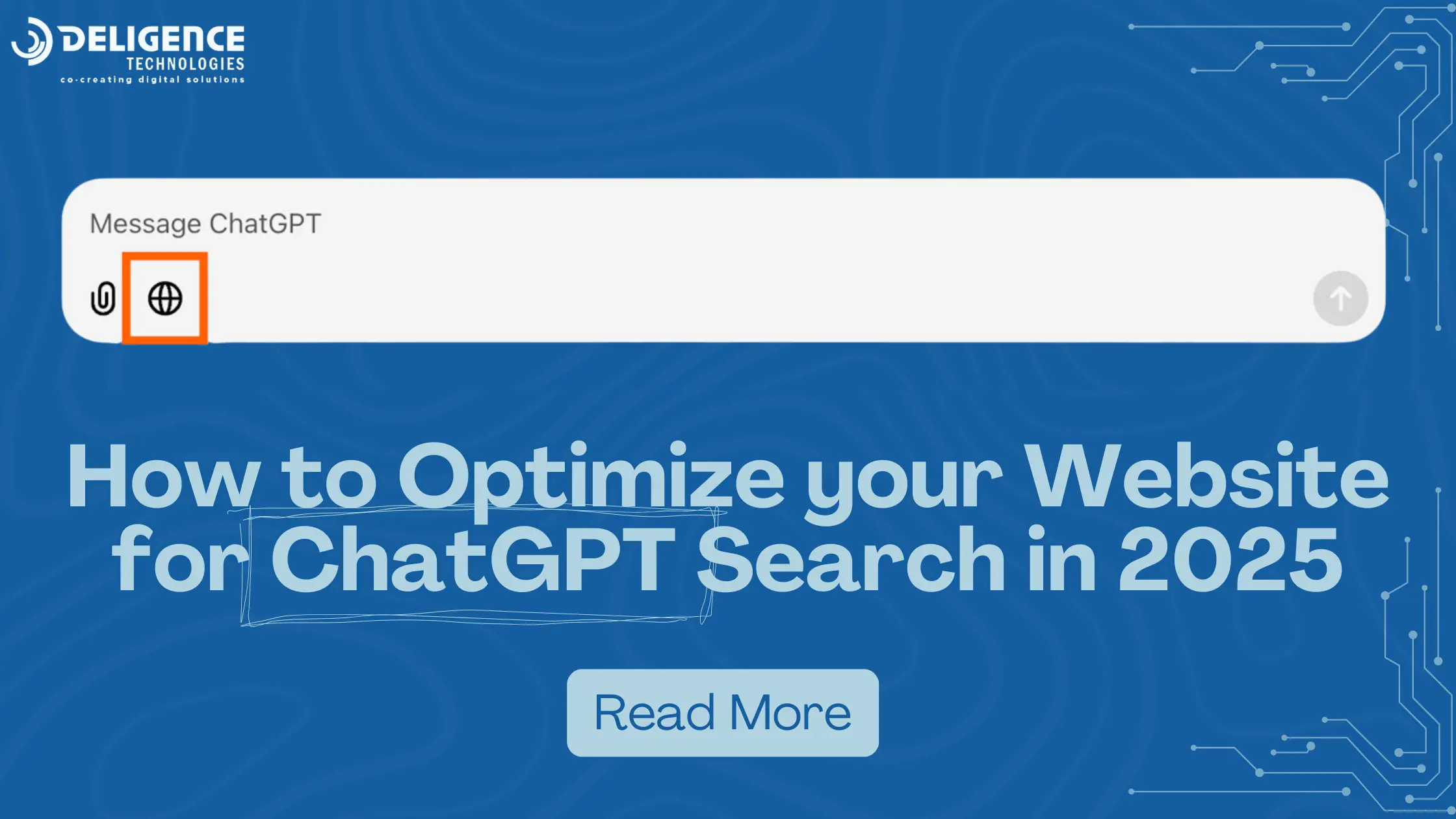
Have you ever wondered how ChatGPT comes up with such spot-on answers from millions of websites? It feels almost magical how it can provide detailed and accurate responses to just about anything you ask. But behind the scenes, there’s a process that makes this possible.
ChatGPT is a conversational AI that’s changing how people search for information. Instead of scrolling through search engine results, users get direct answers in a conversational format. This shift is not just convenient—it’s also creating new opportunities for businesses and content creators.
In fact, recent studies show that over 70% of users prefer getting instant, direct answers rather than scrolling through multiple search results.
This is where ChatGPT Search Optimization comes in. It’s a way to make your website and content more noticeable to ChatGPT search, so it’s more likely to feature your information in its answers. In 2025, as more people turn to AI for solutions, optimizing for ChatGPT can help you stay ahead and make your content easier to find.
What is ChatGPT Search Optimization?
ChatGPT Search Optimization is the process of designing and structuring your website and content in a way that makes it easier for AI models like ChatGPT to understand and use in their answers. Think of it as making your website “AI-friendly” so it stands out when ChatGPT is looking for information to provide to its users.
For example, if your website has clear, well-organized content that directly answers common questions, ChatGPT is more likely to include your content in its responses to user queries.
Why does this matter?
In 2025, ChatGPT and other conversational AI tools are becoming a go-to source for finding information. Millions of people now rely on AI for quick, accurate answers to their questions—whether they’re researching products, learning new skills, or solving everyday problems.
For businesses, content creators, and service providers, being visible in these AI-generated answers can:
- Drive more traffic to your website.
- Build trust and credibility with users.
- Help you reach a wider audience.
How Does ChatGPT Find Information?
ChatGPT, like other AI models, gathers knowledge from publicly available content found on websites and databases. It processes vast amounts of structured and unstructured data, using advanced algorithms to provide relevant and accurate responses. Here’s how it works and what factors influence its information retrieval:
Sources of Information:
- Public Websites and Databases: ChatGPT analyzes content from open web sources, such as blogs, articles, FAQs, and forums.
- Brand Mentions: Discussions or mentions of brands on reputable platforms add to the pool of data ChatGPT can reference.
- FAQs and Articles: Well-organized, frequently asked questions and informative articles make it easier for the AI to retrieve relevant information.
Key Factors in Ranking Content on ChatGPT Search
- Relevance: ChatGPT favors content that directly aligns with common user queries, offering clear and concise answers.
- Clarity and Readability: Easy-to-understand language and a conversational tone enhance the likelihood of content being selected.
- Authority: Websites with credible backlinks, strong domain presence, and positive reviews rank higher in the AI’s knowledge base.
- Freshness: Regularly updated content with current information ensures better visibility.
- Mentions Across Platforms: Positive discussions and mentions on forums, blogs, or social media increase credibility.
Steps to Optimize for ChatGPT Search in 2025
As AI models like ChatGPT continue to evolve, optimizing your content to rank highly in its responses has become a crucial strategy for increasing visibility and audience engagement. Below is a comprehensive guide to ensuring your content aligns with ChatGPT’s algorithms and preferences.
1. Use Natural Language
AI models like ChatGPT are designed to understand and respond to natural, conversational language. To optimize for this:
- Write in a conversational tone: Structure your content as if you’re speaking directly to the user. Use simple and relatable language.
Example: Instead of saying, “Acquiring the best pizza in New York involves evaluating numerous establishments,” say, “Looking for the best pizza in New York? Here’s a list of must-visit spots.” - Directly answer user queries: Identify the types of questions your audience is likely to ask and create content that addresses those questions clearly and concisely.
Example: If users often search for “how to bake a chocolate cake,” write a step-by-step guide in response:- “Step 1: Preheat your oven to 350°F.
- Step 2: Mix your dry ingredients in one bowl and wet ingredients in another…”
- Use FAQs and “how-to” formats: These are highly effective at attracting attention from AI models.
Example: A fitness website might have FAQs like, “What’s the best exercise for losing belly fat?” or “How can I build muscle at home?”
Why It Works: ChatGPT prefers content that mimics the natural flow of conversation, making it easier for users to relate and engage.
AI models like ChatGPT are designed to understand and respond to natural, conversational language. To optimize for this:
- Write in a conversational tone: Structure your content as if you’re speaking directly to the user. Use simple and relatable language.
Example: Instead of saying, “Acquiring the best pizza in New York involves evaluating numerous establishments,” say, “Looking for the best pizza in New York? Here’s a list of must-visit spots.” - Directly answer user queries: Identify the types of questions your audience is likely to ask and create content that addresses those questions clearly and concisely.
Example: If users often search for “how to bake a chocolate cake,” write a step-by-step guide in response:- “Step 1: Preheat your oven to 350°F.
- Step 2: Mix your dry ingredients in one bowl and wet ingredients in another…”
- Use FAQs and “how-to” formats: These are highly effective at attracting attention from AI models.
Example: A fitness website might have FAQs like, “What’s the best exercise for losing belly fat?” or “How can I build muscle at home?”
Why It Works: ChatGPT prefers content that mimics the natural flow of conversation, making it easier for users to relate and engage.
2. Focus on Structured Data
AI relies heavily on structured data to understand and retrieve content efficiently. To leverage this:
- Implement schema markup: Add structured data tags like FAQ schema, HowTo schema, and Article schema to your web pages. This helps AI identify the type and purpose of your content.
Example: Use FAQ schema to mark up questions and answers, ensuring ChatGPT can pull them directly into its responses. - Use clear headings and subheadings: Break your content into well-defined sections. Use H1 for the main title, H2 for subtopics, and H3 for detailed points.
Example: Instead of writing a block of text about “healthy eating,” organize it like this:- H1: How to Eat Healthy
- H2: Benefits of Healthy Eating
- H2: Tips for Balanced Meals
- H3: Incorporating Fruits and Vegetables
- Utilize lists and tables: Organize information in bullet points or tables for easy readability.
Example: A blog about travel destinations can list pros and cons of each location in a table.
Why It Works: Structured data makes your content easier to navigate, helping AI models retrieve and present it more effectively.
3. Create Relevant and Engaging Content
Content relevance is key to ranking well with ChatGPT. Ensure your content aligns with user intent:
- Solve specific user problems: Focus on addressing questions and providing actionable solutions.
Example: If users search for “how to remove stains from clothes,” provide detailed, step-by-step instructions tailored to different types of stains (e.g., ink, wine, or grease). - Keep content current: Regularly update your articles to reflect the latest trends, laws, or guidelines.
Example: A financial blog about “tax-saving tips” should include updates about the latest tax code changes. - Incorporate real-life examples: Use case studies, personal stories, or hypothetical scenarios to make your content relatable.
Example: Instead of saying, “Exercise improves health,” share a user story like, “Sarah, a 35-year-old teacher, started walking 10,000 steps daily and reduced her blood pressure in three months.”
Why It Works: Relevant and engaging content not only captures user attention but also signals to AI models that your content provides value.
4. Leverage AI Keywords
ChatGPT is built to process conversational queries, so your keyword strategy should align with this.
- Identify conversational keywords: Use tools like Google’s Keyword Planner or SEMrush to find phrases users might naturally type or ask.
Example: Instead of optimizing for “best phone deals,” focus on conversational phrases like, “Where can I find the best deals on phones?” - Optimize for long-tail keywords: Target longer, specific queries that mimic natural speech.
Example: Instead of targeting “hotels in Paris,” optimize for “affordable family-friendly hotels in Paris near the Eiffel Tower.” - Avoid keyword stuffing: Place keywords naturally within the content, ensuring readability and flow.
Example: Instead of cramming “best laptops for students” into every sentence, integrate it smoothly:- “Choosing the best laptops for students can be tricky. Here’s a guide to help you decide.”
Why It Works: Conversational keywords align better with how users interact with ChatGPT, improving the chances of your content being featured.
5. Ensure Credibility and Accuracy
Trust is a crucial factor in how ChatGPT selects and ranks content. To build credibility:
- Cite reliable sources: Reference authoritative websites, studies, or data to back up your claims.
Example: Instead of saying, “Drinking green tea is good for you,” cite a source: “A study by XYZ University found that drinking green tea daily can reduce stress levels by 20%.” - Use fact-based content: Avoid speculation and ensure the information you provide is accurate and up-to-date.
Example: A blog about “cryptocurrency trends” should include recent data and avoid outdated predictions. - Build authority: Encourage backlinks from credible websites and participate in discussions on trusted platforms.
Why It Works: ChatGPT prioritizes content that is reliable and factually accurate, as this enhances user trust.
Benefits of ChatGPT Search Optimization
Optimizing your content for ChatGPT offers numerous advantages, helping you stay competitive in the rapidly evolving landscape of AI-driven interactions. Below is a detailed look at the key benefits:
1. Increased Visibility
One of the biggest advantages of ChatGPT optimization is enhanced visibility for your content:
- AI References: When your content aligns with ChatGPT’s selection criteria, it is more likely to be referenced in AI-generated responses, giving your website or brand greater exposure.
- Wider Reach: ChatGPT pulls information from various platforms, so an optimized online presence increases the chances of your brand being showcased across multiple queries.
2. Higher Engagement
AI prioritizes content that provides clear and direct answers, which leads to better user engagement:
- Better Query Matching: Optimized content directly addresses user questions, increasing the likelihood of users spending more time on your page.
- User Retention: When users find immediate value in your content, they’re more likely to explore other pages on your website or share your content.
3. Future-Proofing
The digital landscape is increasingly driven by AI technologies like ChatGPT. Optimizing now positions you ahead of the curve:
- Stay Competitive: As more businesses adapt to AI-driven trends, having optimized content ensures you remain relevant and visible.
- Adaptability: By incorporating practices like schema markup and conversational keyword optimization, you’re preparing your content for future AI advancements.
4. Improved Customer Experience
ChatGPT optimization isn’t just about visibility; it also enhances the overall user experience:
- Ease of Discovery: When your content is optimized, users can quickly find relevant and accurate answers to their queries.
Example: A travel website with updated, AI-friendly guides like “Best time to visit Paris” makes it easier for users to plan their trips without sifting through irrelevant information. - Clarity and Accessibility: Structured and conversational content is not only AI-friendly but also easier for users to read and understand, creating a seamless experience.
- Enhanced Trust: When users consistently find reliable and relevant information through your content, it builds trust in your brand.
The Future of ChatGPT Search Optimization
As AI technologies like ChatGPT continue to evolve, the landscape of content optimization is also undergoing significant transformation. To stay ahead, businesses and creators must adapt to these advancements. Here’s a detailed look at what the future holds for ChatGPT optimization:
1. AI Evolution: Smarter and More Contextual
- Advanced Understanding of Structured Data: AI models will increasingly rely on well-organized and clearly defined content. Structured data, like schema markup and metadata, will play a larger role in helping ChatGPT and similar systems understand and categorize information.
- Greater Emphasis on Conversational Context: AI will continue to improve in interpreting nuanced, context-rich queries. Content that mimics natural conversations will perform better.
2. Voice and Multimodal AI: The Next Frontier
- Voice Search Optimization: With the rise of smart assistants like Alexa, Siri, and Google Assistant, voice search is becoming a primary way users interact with AI. ChatGPT will integrate more voice-driven inputs, making it vital to optimize for spoken language queries.
- Image-Based Responses: As multimodal AI capabilities expand, ChatGPT will begin incorporating image analysis and visual responses. Content optimization may include providing high-quality images with descriptive alt text and metadata.
- Interactive Experiences: Future models will likely offer interactive and dynamic content delivery, combining voice, text, and images for a more immersive user experience.
3. Integration with Other Platforms
- Social Media Integration: AI tools like ChatGPT will become more seamlessly integrated with social platforms, enabling dynamic interactions such as auto-generating posts or responding to user comments.
- E-commerce Enhancements: ChatGPT will continue to play a role in streamlining online shopping experiences. Optimizing product descriptions, FAQs, and reviews for AI will make it easier for users to find and purchase products.
- Customer Service Tools: ChatGPT’s integration with CRM systems and customer service platforms will enhance automated support. Businesses must optimize their support knowledge bases for AI interaction.
How to Get Started with ChatGPT Search Optimization
1. Audit Your Website
Begin by reviewing your current website for clarity, structure, and readability. Ensure that your content is easy to understand and answers user queries directly. Use headings, subheadings, and bullet points to improve organization.
2. Identify Conversational Keywords
Use tools like Google Analytics, Google Search Console, and keyword planners to discover the conversational phrases and queries your audience is using. Focus on long-tail and natural language keywords that match user search habits.
3. Implement Structured Data
Add structured data to your website using schema markup to help AI models understand your content better. Use plugins if you’re working with platforms like WordPress, or add schema markup manually for FAQs, articles, and reviews.
4. Regularly Update Content
Keep your content relevant by reviewing and refreshing it frequently. Ensure that all information is accurate, up-to-date, and aligned with current trends or user needs.
5. Test Your Content with ChatGPT
Ask ChatGPT queries related to your content to see how it responds. Use this feedback to refine and adjust your content for better optimization.
Conclusion
ChatGPT Search optimization is no longer a choice—it’s a necessity for businesses and content creators who want to remain competitive in 2025. As AI becomes a primary way people search for and interact with information, optimizing your content ensures that your voice is heard and your brand is visible. It’s about more than just meeting technical requirements; it’s about creating content that resonates with your audience and aligns with how they prefer to engage online.
By focusing on conversational keywords, implementing structured data, and keeping your content fresh and relevant, you make it easier for AI tools like ChatGPT to identify and showcase your content in their responses. This not only improves your visibility but also builds trust and authority with your audience.
ChatGPT optimization is about simplifying complex ideas, answering real questions, and connecting with users in ways that feel natural and intuitive. It’s not just about technology; it’s about building meaningful relationships by providing the right information at the right time.
The digital world is changing rapidly, and businesses that adapt early will gain a significant edge. Optimizing for ChatGPT helps you future-proof your content strategy, ensuring your brand stays relevant and competitive as AI continues to shape the way we communicate and consume information.
Start optimizing today—don’t wait for others to take the lead. Stay ahead in the AI-driven digital landscape and connect with your audience in the way they want to interact. It’s your opportunity to make your brand more visible, more relatable, and more impactful.

